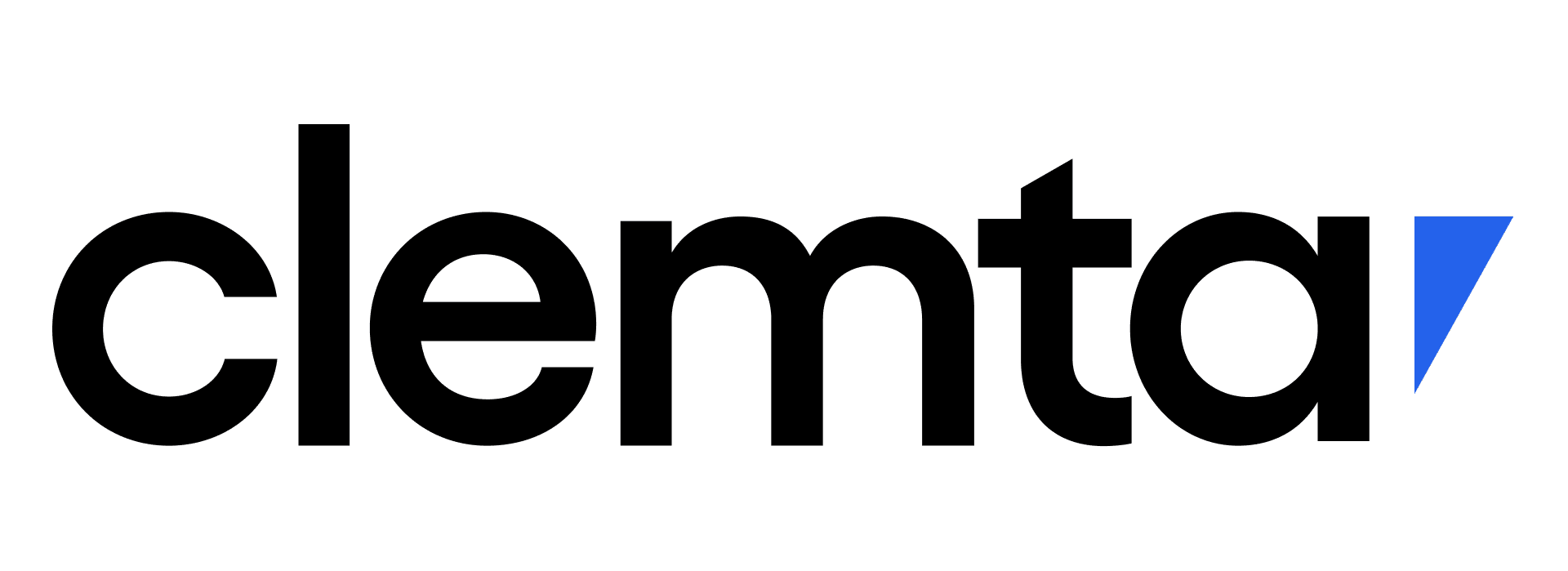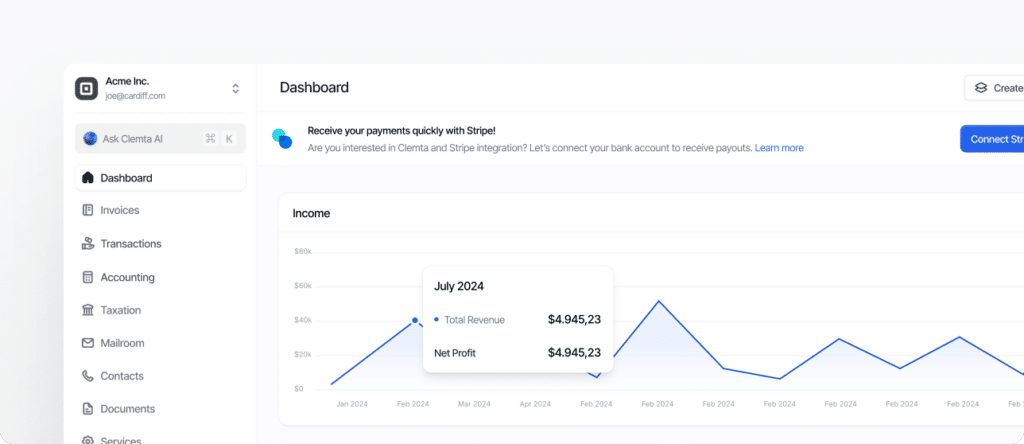A beneficial owner is the real person who ultimately owns or controls a company, even
if the company is legally held in another name. Typically, this means anyone owning 25% or more of the company or exercising substantial control.
What is a Beneficial Owner?
The term beneficial owner comes up often in compliance and banking contexts. It refers to the natural person(s) who ultimately benefit from or control an entity. For example, if you form a U.S. LLC and you personally own 100% of it, you are the beneficial owner. If two co-founders each own 50%, both are beneficial owners. In contrast, if a parent company owns the LLC, regulators will look through that company to find the individuals who own the parent (since they are the human beneficial owners). This concept is crucial for non-U.S. founders: When you open a U.S. bank account, you will fill out a beneficial ownership form listing all individuals who own 25% or more of the company, plus one individual who controls the company (like a CEO/manager), with their personal details (name, address, date of birth, Social Security or passport number, etc.). This is required by U.S. banking law (the CDD Rule – Customer Due Diligence Rule) to prevent anonymous company activities.
So, in practical terms: if you’re, say, a founder with 60% and your co-founder has 40%, both of you are beneficial owners. If you later bring on multiple investors but none has 25%, then beneficial owners might still include you and any person exercising control. The concept ensures there’s no hiding behind shell companies – regulators want to know the humans behind the company. It’s part of the global effort to combat illicit finance. Non-U.S. founders should be prepared to provide identification and information for all beneficial owners both when dealing with banks and in compliance filings.

